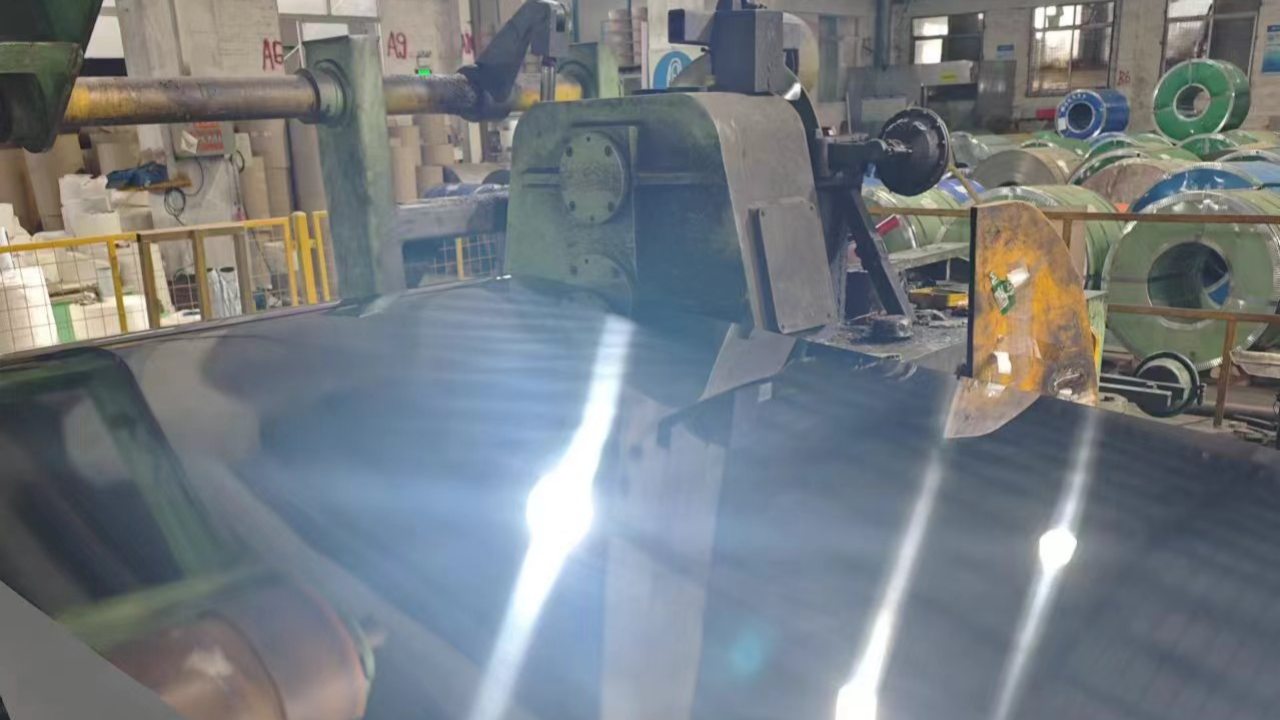At Aoxing Mill, we aim to provide our clients with the best stainless steel solutions for their diverse needs. In this blog, we’ll delve into the difference of 410 and 410s stainless steel, both versatile and high-performance materials used in various industries. Understanding its properties and benefits can help you make an informed decision for your project
410 Stainless Steel Grades and Chemical Composition
410 and 410S are both martensitic stainless steels, but there are some differences in their chemical composition and properties, mainly reflected in the carbon content.
| Grade | Chemical Composition(%) | ||||||
| C | Mn | Si | P | S | Cr | Ni | |
| 410 | ≤0.15 | ≤1.00 | ≤1.00 | ≤0.040 | ≤0.030 | 11.50-13.50 | ≤0.75 |
| 410S | ≤0.08 | ≤1.00 | ≤1.00 | ≤0.040 | ≤0.030 | 11.50-13.50 | ≤0.75 |
410 and 410S Mechanical Properties
| Grade | Mechanical Properties | |||
| RmMPa | Rp0.2Mpa | EL% | HV | |
| 410 | ≥450 | ≥205 | ≥20% | ≤50 |
| 410S | Lowerabout 70% – 80% of 410 stainless steel | Lower | Higherwith better ductility | ≤35 |
410 Stainless Steel Features
Corrosion Resistance: 410 stainless steel has good corrosion resistance in weak acid, weak alkali, and freshwater environments.
High Strength and Hardness: Can achieve high hardness and strength after heat treatment.
Magnetism: Magnetic in both annealed and quenched states.
410S Stainless Steel Features
Corrosion Resistance: 410S stainless steel has good corrosion resistance in weak acid, weak alkali, and freshwater environments.
Good Weldability: Due to its lower carbon content, 410S stainless steel has better weldability and is less prone to welding cracks.
Low Hardness: Compared to 410 stainless steel, 410S stainless steel has lower hardness, making it suitable for applications requiring formability.
410 Stianless Steel Processing
Heat Treatment: 410 stainless steel can be annealed between 1000°C and 1200°C to soften the material for subsequent processing.
Quenching: 410 stainless steel is heated between 980°C and 1035°C, then rapidly cooled to increase hardness and strength.
Tempering: Quenched 410 stainless steel usually needs to be tempered between 150°C and 370°C to reduce brittleness.
410S Stainless Steel Processing
Heat Treatment: Annealing between 1000°C and 1200°C can soften the material for subsequent processing.
Quenching: 410S stainless steel typically does not require quenching, as its primary applications do not need high hardness.
Tempering: After annealing, 410S stainless steel can be tempered to reduce internal stress and improve toughness.
410 Stainless Steel Main Applications
Cutlery: Due to its high hardness and wear resistance, 410 stainless steel is often used to manufacture knives and scissors.
Valves: The high strength and corrosion resistance of 410 stainless steel make it suitable for manufacturing various valves and pump parts.
Cookware and Kitchen Equipment: The corrosion resistance and machinability of 410 stainless steel make it an ideal material for manufacturing cookware and kitchen equipment.
410S Stainless Steel Main Application
Engineering Structural Parts: Suitable for structural parts requiring good formability and weldability.
Heat Exchangers: Due to its good corrosion resistance and weldability, it is suitable for manufacturing heat exchangers.
Gas Turbine Components: Can be used in gas turbine components requiring heat and corrosion resistance.
Conclusion: Explore Aoxing Mill’s 410 and 410S Stainless Steel Offerings
Although both 410 and 410S are martensitic stainless steels, the production volume of steel mills and the of customers are mostly 410S. 410 stainless steel has higher hardness and strength , while 410S stainless steel has better weldability and ductility. Aoxing Mill has the expertise and inventory to meet your requirements. For more information and to explore our product range, please visit our 410 stainless steel product page.
Post time: Jun-27-2024





